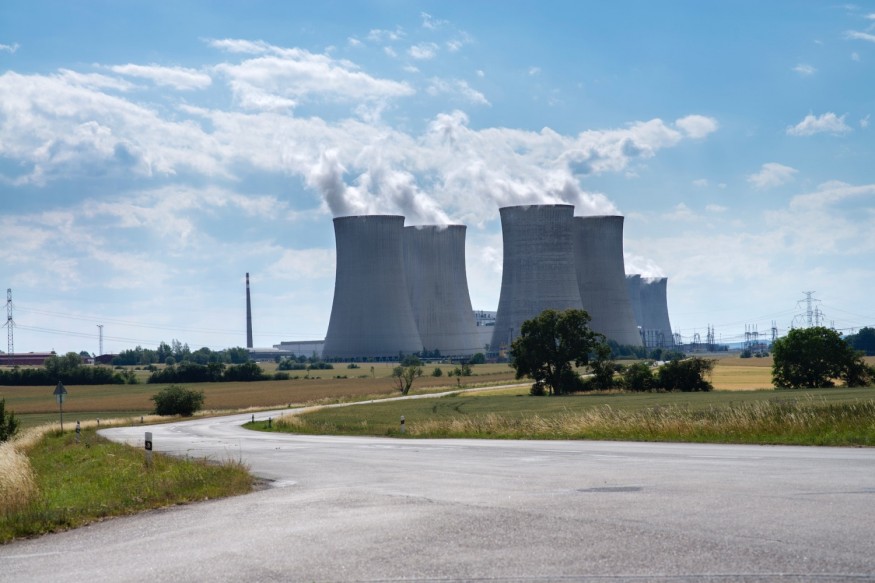
As the climate change debate continues around the world, more and more people are realizing the importance of lowering their energy usage and finding ways to reduce their carbon footprint.
With an energy-efficient home, you can significantly lower your energy bills while also protecting the environment. And contrary to popular belief, you do not always have to spend multiple thousands of dollars to make your home more energy efficient!
What's An Energy Efficient Home?
Energy-efficient homes are built with materials and systems that require less energy to operate. This includes insulation, high-efficiency windows, quality roofs, and Energy Star appliances.
An energy-efficient home is also easier to keep cool in the summer and warm in the winter while using way less energy compared to a standard home.
Home Improvements Can Be Expensive
Oftentimes, making your home more energy efficient requires investment in terms of time, effort, and money. Some projects such as replacing the windows, installing a new energy-efficient roof, or insulating the entire home are expensive and can cost hundreds if not thousands of dollars. This is why many homeowners turn to lenders to finance such projects.
Leveraging Home Equity to Pay for Home Improvements
If you don't have enough money in your savings, a home equity line of credit can be among the best borrowing options to consider. A sofi line of credit loan, for instance, could give you a loan of up to 95% or $500,000 of your home's equity for home improvements depending on the amount you need.
This is oftentimes way more than you may qualify for a personal loan. The interest rates are also much cheaper than a credit card, and it's faster to secure compared to government loans.
Easy DIY Projects to Improve Your Home's Energy Efficiency
Improving your home's energy efficiency doesn't have to be costly. Better yet, there are a few things you can do for a significant impact, without even having to pay a professional. One step at a time, below are some projects you can take up DIY to make your home more energy efficient.
Switch to LED Bulbs
Compared to incandescent bulbs and other types of lighting, LED light bulbs may reduce your energy usage on lighting by as much as 75 percent according to consumer reports. They are also likely to last more than 20 times longer. Moreover, they emit less heat, which means your home will spend less energy on cooling your space.
Install Window Treatments
Blinds and curtains do more than just enhance privacy and block unwanted light. They also help to retain heat in your home, making it more energy efficient in the colder months. In summer, they help deflect the sun's rays, thus helping to keep your home cooler. Installing window treatments can take just a few minutes.
Install Low-Flow Showerheads
Low-flow shower heads help to reduce the amount of heated water used during showers. By doing so, they significantly reduce the amount of energy spent on heating each month.
Many of them come with a comprehensive instruction manual and can be installed DIY in minutes as long as you have an electrical tester, some pliers, and insulating tape.
Introduce Houseplants
Besides helping to improve indoor air quality, houseplants can go a long way in reducing the amount of work done by your HVAC unit. Air-purifying plants like the snake plant and the spider plant can help keep your home cooler and fresher.
Install a Clothesline
With the household dryer being among the biggest energy consumers in the home, you have all the reasons to consider line drying your clothing. Installing a clothesline not only helps conserve energy but can also reduce your household's carbon footprint by as much as 2,400 pounds annually.
Simply make two t-shaped wooden or metallic structures with clothesline hooks at the top bar, and plant them in holes a few feet away from each other in your backyard. You could make a clothesline with the side of your house as the supporting structure.
Making your home more energy efficient comes with many benefits. It can save you money on your energy bills, help reduce your carbon footprint, and protect the environment.
Improving the energy efficiency of your home is also a great way to increase its comfort level. The best part is that you don't always have to spend much to attain these benefits. The above are just a few, easy DIY projects you can consider to realize these benefits.



